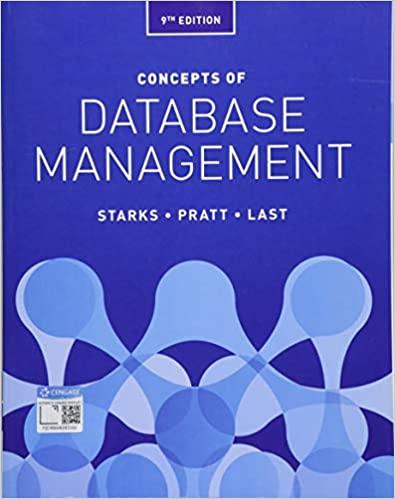For this assignment, we will analyze performance characteristics of the Merlin 1D, determine key factors in maintaining consistent performance, and identify methods of improving performance over the baseline design. Your computations must be performed in MATLAB. When presenting data, round your result (at the end!) to three decimal places.
It is up to you to determine how best to present your results (tables, plots, equations, etc.) and
demonstrate your mastery of these topics. Make it easy to follow your thinking and verify your
work (which includes commenting your code)
ANSWER PART 2 only based on PART 1 dont solve part 1
Part 2: Thrust Variations due to Combustion Chamber Variations In reality, the engine faces an operating environment full of unpredictable irregularities. Combustion is difficult to maintain and control in the face of intense vibration, startup transients, variations in propellant pressure, turbulence in the propellant feed lines and exhaust, and changing ambient pressure and temperature during ascent. The Falcon 9 uses triple-redundant engine control computers to monitor engine performance, adjust any operational parameters, and shut down a malfunctioning engine before it can fail catastrophically. The engine computer can respond much more quickly than any human operator ever could, making changes to the fuel and oxidizer flow 20 times a second, but a 50ms delay can be a long time in the intense conditions of the combustion chamber. For this reason, the engine is capable of momentary operation outside "perfect" conditions like those calculated above. For this analysis, vary the mass flow rate found above and the given chamber pressure by +/1 and +/2 percent each. These are momentary deviations from the design levels, so you may assume all other quantities (exit Mach, exit velocity, , and so on) are unaffected and can be kept fixed at the values given or found in Part 1. This means that if you can find the exit pressure, you can use equation 10.4 as written. This will produce a total of 25 results (thrust at 98% of the normal mass flow rate and 100% of the normal chamber pressure, thrust at 101% of the normal mass flow rate and 99% of the normal chamber pressure, etc.). The as-designed thrust at the normal mass flow rate and chamber pressure was given in Part 1, so there are 24 more values to find. Determine the thrust generated in each case, the percent of the as-designed thrust each case produces, and comment on which quantity affects thrust more (pressure or mass flow rate). Find a way to present the information graphically in the paper (parametric plot, graph, etc.). Hint: Using "for" loops will help simplify the computation of this problem, but it can be further simplified and compacted using Matlab's vector and array capabilities. The vector method is preferred because it will make corrections easier during your script's development. Part 1: Thrust Generation and Analysis As of its 2013 design cycle, each Merlin 1D engine produces a thrust of 850kN in vacuum, with an expansion ratio of 16:1, a mixture ratio of 2.35, and a vacuum specific impulse of 285s. Using the equations provided in class and your knowledge of rocket components, supersonic flow, chemistry, and so on, find the following: - The stoichiometric equation for the reaction (using standard atomic weights from NIST" and taking the definition of RP-1 as CH1.945 ). Use the smallest possible integer coefficients for both propellants. Let oxygen be the limiting reactant, which is completely consumed. - Consider only RP-1 and LOX as propellants, and consider water, carbon dioxide, and residual RP-1 as the only products. Hint: you should solve for the stoichiometric coefficients in Matlab for the first part, but you are free to set up the equation by hand before putting the relationships into the script. - Equivalent velocity, mass flow rate, exit Mach, and exhaust velocity in vacuum, given =1.3, a chamber pressure of 9.65MPa, and an exit area of 0.95 square meters. (Hint: the chamber pressure can be considered stagnation pressure of the flow, and you can ignore pressure losses across the shock at the throat.). - Thrust, specific impulse, equivalent velocity, exit Mach, and exhaust velocity at sea level, if the mass flow rate and mixture ratio remain the same. This is partially a trick question. - The amount of each propellant required to operate the engine at sea level for five minutes. This is partially a trick








